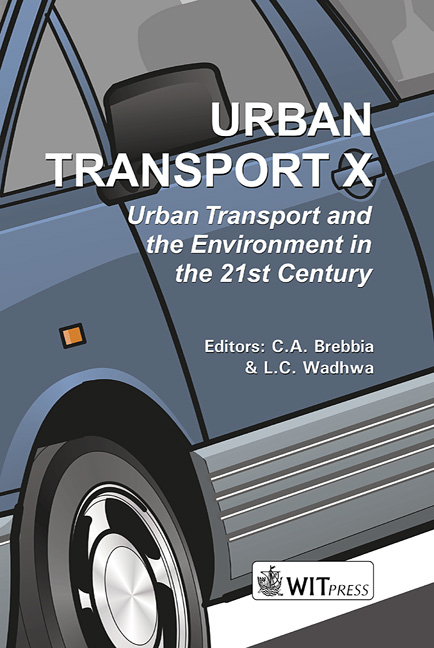Planning Fundamental Urban Traffic Changes:experiences With The Groningen Trafficcirculation Scheme
Price
Free (open access)
Transaction
Volume
75
Pages
10
Page Range
287 - 296
Published
2004
Size
851 kb
Paper DOI
10.2495/UT040291
Copyright
WIT Press
Author(s)
S. Tsubohara & H. Voogd
Abstract
The city of Groningen in the Netherlands attracted much attention in the 1970s
because of its fundamentally new traffic circulation scheme (VCP) that favoured
public transport, bicycles and pedestrians above cars. The inner city was divided
into four sectors and through traffic was made impossible by traffic restrictions.
Moving by car from one sector to another is possible only via the ring road
around the inner city. In this paper it will be explained how this fundamental
change could happen. This was a most interesting process since the suspicious
public had to be convinced by municipal authorities without having references to
successful examples elsewhere. It is illustrated that the most determining factor
for success was the availability of political power to neglect opposing views.
Both expert involvement (bureaucracy) and citizen participation were reduced to
a minimum level.
Keywords
traffic circulation scheme, Netherlands, Groningen, politicisation, polarisation, public participation





